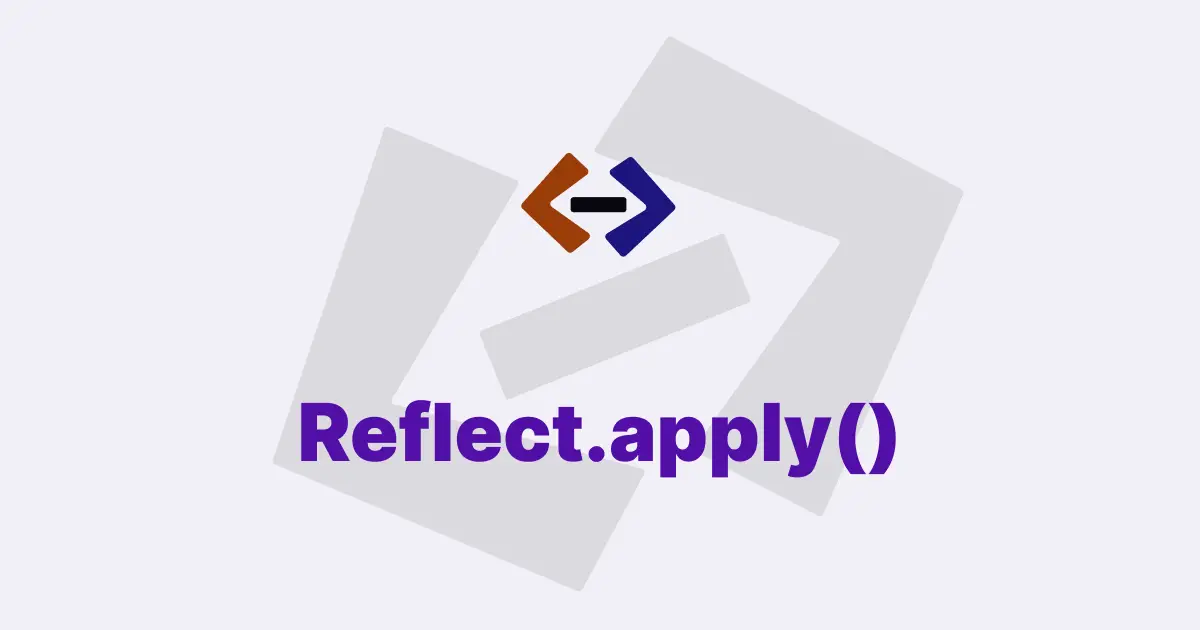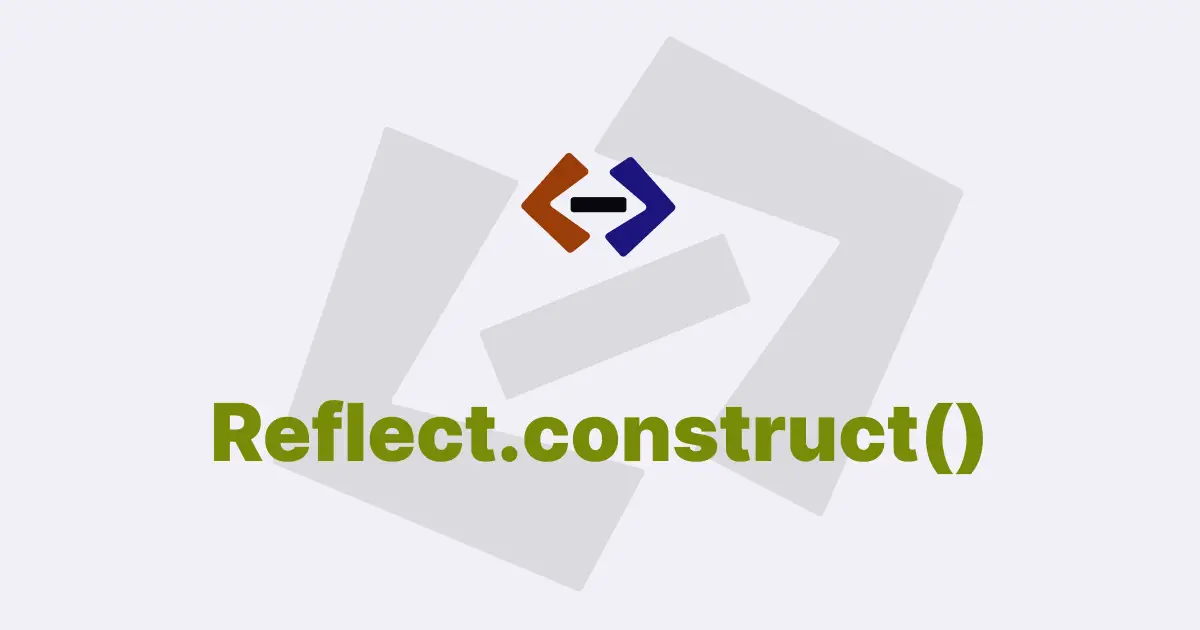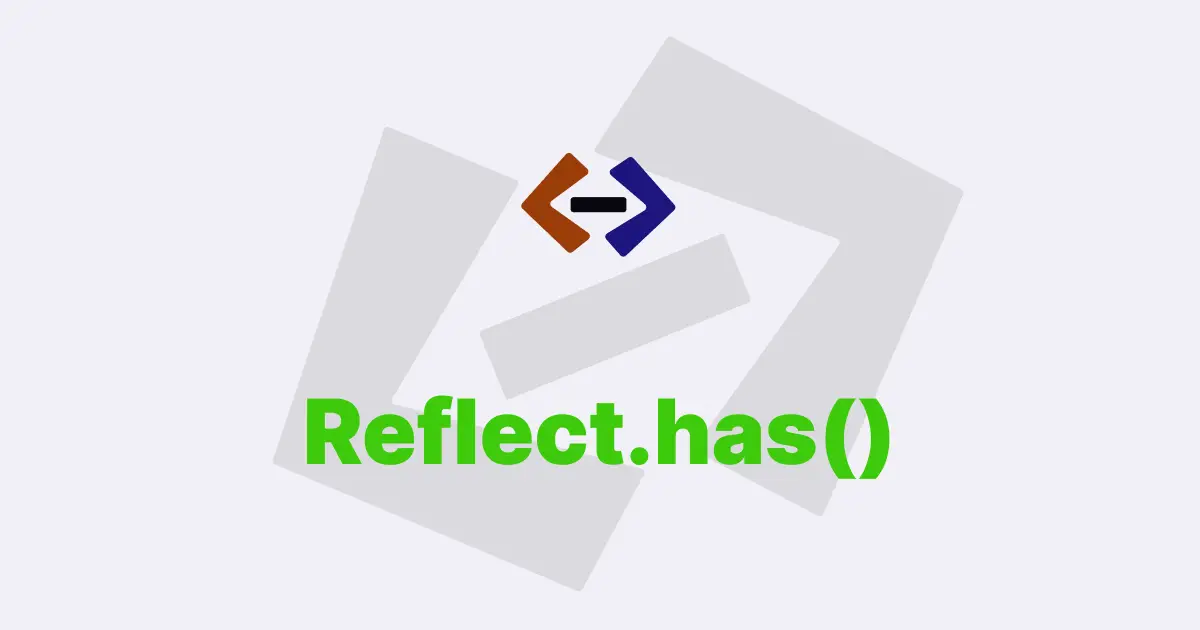The Reflect.get() method is a built-in function in JavaScript that allows you to retrieve the value of a property from an object. This method is part of the Reflect object, which provides a set of static methods that can be used to interact with JavaScript objects in a more consistent and flexible way.
The Reflect.get() method takes two arguments: the target object and the property key that you want to retrieve. If the property is found, the method returns the value of the property. Otherwise, it returns undefined.
Here is the basic syntax for using Reflect.get():
Reflect.get(target, propertyKey);Let’s take a closer look at how to use Reflect.get() and what benefits it provides.
Accessing Properties:
One of the most common use cases for Reflect.get() is to retrieve a property from an object. This is similar to using the dot notation or bracket notation to access a property, but Reflect.get() provides some additional benefits.
First, Reflect.get() allows you to access properties that might not be directly accessible using the dot notation or bracket notation.
For example, if you have an object with a property named "0", you might expect to be able to access it using the dot notation like this:
const obj = { 0: "zero" };
console.log(obj.0); // error: unexpected numberHowever, this code results in a syntax error because the dot notation does not allow property keys that are numbers. Instead, you would need to use bracket notation like this:
console.log(obj[0]); // "zero"With Reflect.get(), you can access the property using the property key directly:
console.log(Reflect.get(obj, 0)); // "zero"This can be especially useful if you need to access properties with dynamic names or if you are working with objects that have non-standard property names.
Another benefit of Reflect.get() is that it provides a consistent way to access properties across different types of objects.
For example, you can use Reflect.get() to retrieve properties from arrays and other built-in objects:
const arr = [1, 2, 3];
console.log(Reflect.get(arr, 1)); // 2Accessing Properties with Getters:
In addition to accessing regular properties, Reflect.get() can also be used to retrieve the value of properties that have getter functions defined. Getter functions are special functions that are invoked when you attempt to read a property, allowing you to customize the behavior of property access.
For example, consider the following object that defines a getter function for the "fullName" property:
const person = {
firstName: "John",
lastName: "Doe",
get fullName() {
return `${this.firstName} ${this.lastName}`;
},
};If you want to retrieve the value of the "fullName" property, you would normally do it like this:
console.log(person.fullName); // "John Doe"However, you can also use Reflect.get() to retrieve the value of the “fullName” property:
console.log(Reflect.get(person, "fullName")); // "John Doe"This can be useful if you need to retrieve the value of a property but you don’t know whether it has a getter function defined or not.
Using Reflect.get() in Proxy Handlers:
One of the most powerful use cases for Reflect.get() is in conjunction with JavaScript proxies. Proxies are objects that intercept and customize fundamental operations on other objects, such as property access, method invocation, and more.
To customize the behavior of a proxy when a property is accessed, you can define a "get" trap that will be invoked whenever a property is retrieved from the proxy object. The "get" trap is passed two arguments: the target object and the property key that is being accessed.
Within the "get" trap, you can use Reflect.get() to retrieve the actual value of the property on the target object. This allows you to customize the behavior of property access without having to directly manipulate the target object itself.
Here is an example of a "get" trap that logs a message whenever a property is accessed on a proxy object:
const handler = {
get(target, key) {
console.log(`Accessing property "${key}"`);
return Reflect.get(target, key);
},
};
const obj = { foo: "bar" };
const proxy = new Proxy(obj, handler);
console.log(proxy.foo); // logs "Accessing property "foo"" and returns "bar"In this example, the "get" trap logs a message to the console whenever a property is accessed on the proxy object. It then uses Reflect.get() to retrieve the actual value of the property from the target object.
Thank you for reading, and let’s have conversation with each other
Thank you for reading my article. Let’s have conversation on Twitter and LinkedIn by connecting.




